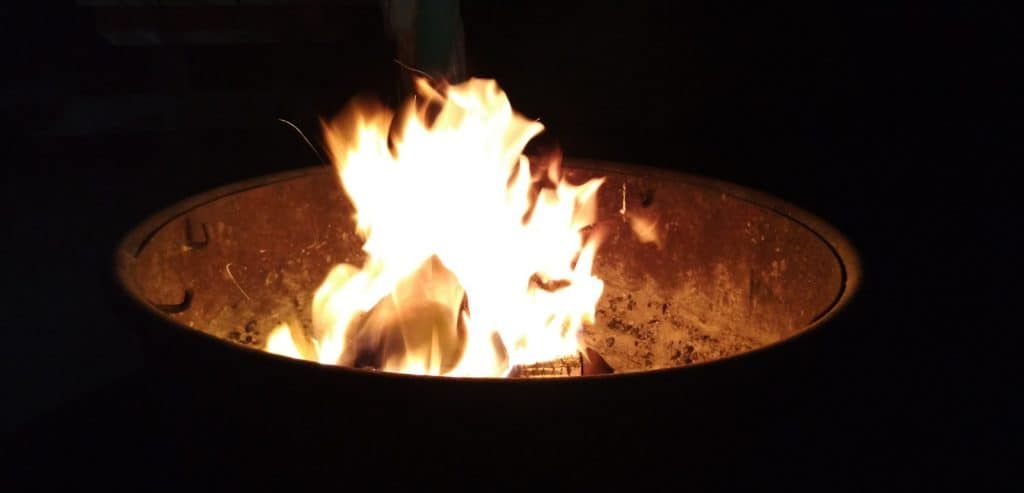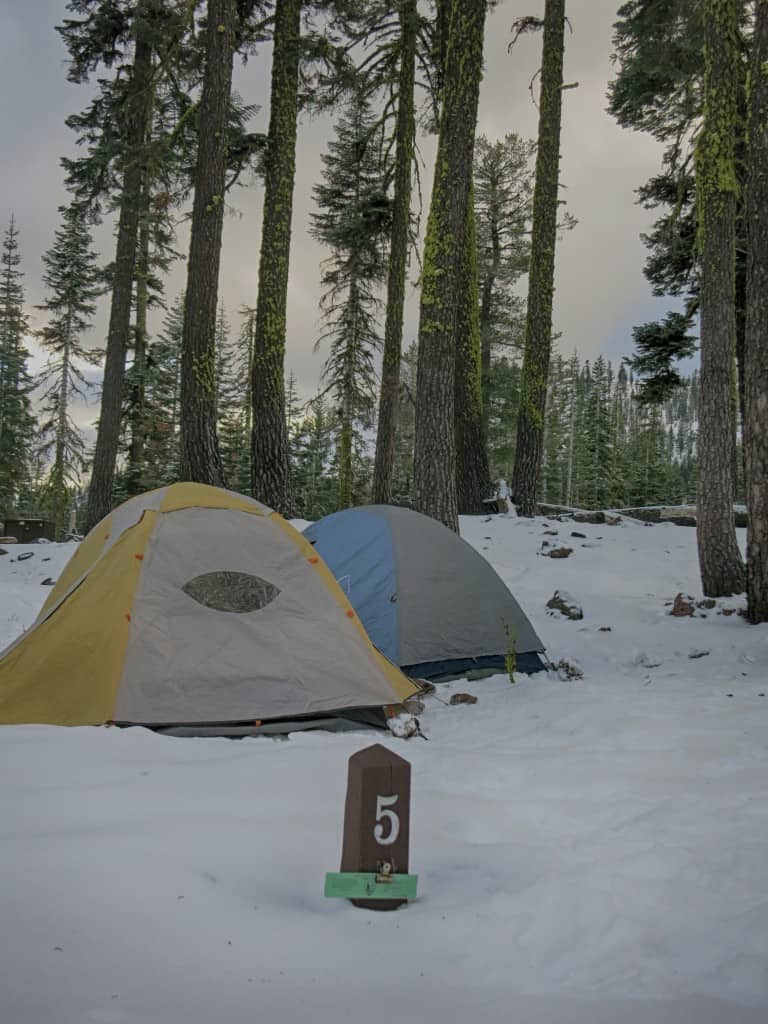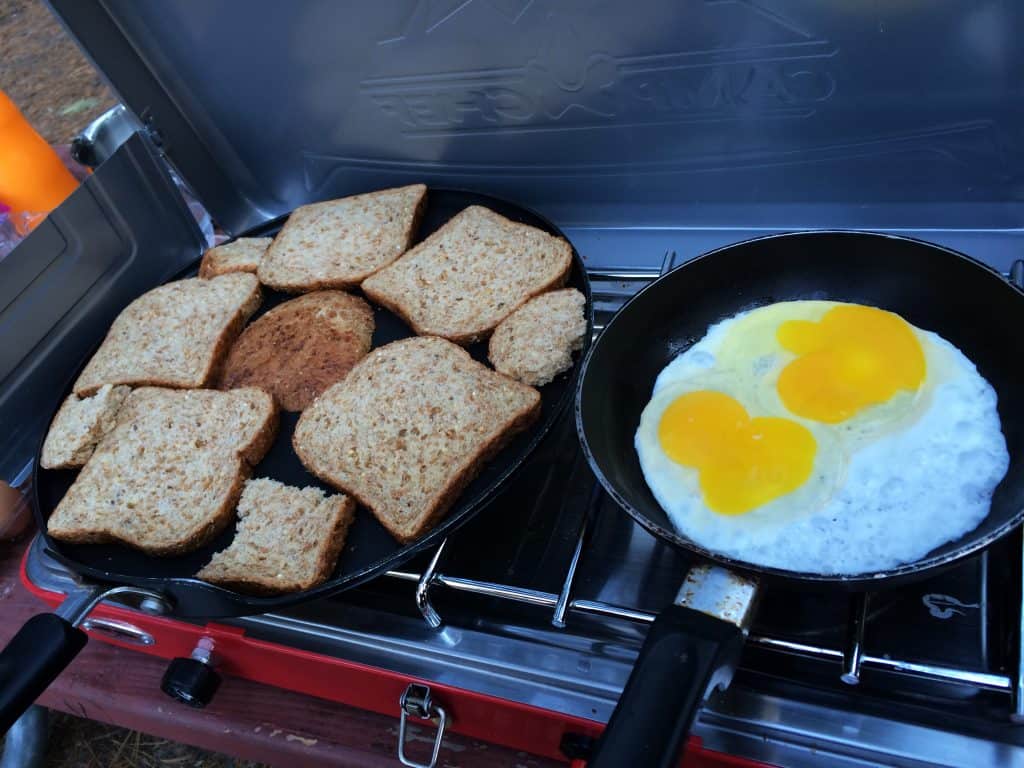The ultimate list of camping gear encompasses everything you need for a successful and enjoyable outdoor adventure. Whether you’re a seasoned camper or a beginner, this comprehensive checklist will help you stay well-prepared.
I have given links to the items I recommend in case you need to buy a new gear.

Before you read ahead, if you are brand new to camping and would like to learn Pro tips, check out this article.
**Shelter and Sleeping Gear:**
1. **Tent:** Choose a size and style suitable for your group and the season. Also check out details on How to Choose the Right Tent for Camping.
2. **Ground Tarp:** Protects the tent floor from moisture and punctures.
3. **Sleeping Bag:** Opt for one rated for the expected temperature.
4. **Sleeping Pad:** Provides insulation and cushioning.
5. **Pillow:** Compact camping pillows offer comfort.
**Camp Kitchen Essentials:**
For exciting Recipes, check out here: Delicious Campfire Recipes – Feast Under the Stars
6. **Camp Stove:** Portable stove for cooking and boiling water.
7. **Cookware:** Include a pot, pan, and utensils for meal preparation.
8. **Cooler:** Keeps perishables fresh with ice packs.
9. **Camping Table:** Convenient for food prep and dining.
10. **Biodegradable Soap:** Stay eco-friendly when washing dishes.
**Clothing and Footwear:**
11. **Layered Clothing:** Moisture-wicking base layers, insulating mid-layers, and weatherproof outer layers.
12. **Rain Gear:** Waterproof jacket and pants for wet weather.
13. **Sturdy Footwear:** Comfortable and supportive hiking boots or shoes.
14. **Headwear:** Hat and sunglasses for sun protection.
15. **Extra Socks:** Always bring spares to keep feet dry.
When packing layers for camping, it’s essential to be prepared for a range of weather conditions, as temperatures can vary significantly, especially in California. Here’s a guide on how to pack your clothing layers effectively for a camping trip:
1. **Base Layer:**
– Moisture-wicking, lightweight tops and bottoms to keep sweat away from your body.
– Choose materials like merino wool or synthetic fabrics that provide insulation even when damp.
– Opt for long sleeves and full-length pants for sun protection and bug resistance.
2. **Insulating Layer:**
– A mid-layer that provides warmth. A fleece jacket or down sweater works well.
– This layer retains heat and can be added or removed depending on temperature changes.
3. **Outer Layer:**
– A waterproof and windproof jacket or shell to protect against rain, wind, and snow.
– Look for breathable materials with sealed seams to keep you dry without trapping moisture.
4. **Pants:**
– Durable and water-resistant hiking pants that are comfortable and provide mobility.
– Convertible pants are a versatile option that can be adjusted as temperatures change.
5. **Headwear:**
– A sun hat for protection from UV rays.
– A beanie or warm hat for cold nights.
– A lightweight and breathable neck gaiter or buff to protect against sunburn and insects.
6. **Footwear:**
– Sturdy and waterproof hiking boots that provide ankle support.
– Moisture-wicking and comfortable hiking socks to prevent blisters.
7. **Gloves:**
– Lightweight gloves for sun protection.
– Insulated and waterproof gloves for cold or wet conditions.
8. **Underwear:**
– Moisture-wicking and quick-drying underwear for comfort and hygiene.
9. **Accessories:**
– Sunglasses with UV protection.
– A lightweight and compact umbrella for sun or rain.
– Insect repellent clothing or accessories in bear country.
10. **Swimwear:**
– A swimsuit for river crossings or a refreshing dip in a nearby lake.
11. **Spare Clothes:**
– A change of clothes for sleeping or in case your primary clothing gets wet.
Remember to adapt your clothing choices to the specific season and location of your camping trip in California. Check the weather forecast before you go and be prepared for sudden changes in weather. Layering allows you to adjust your clothing as conditions fluctuate, keeping you comfortable and safe during your camping adventure.

**Safety and Navigation:**
16. **First Aid Kit:** Includes bandages, pain relievers, antiseptic wipes, and any necessary medications.
17. **Navigation Tools:** Map, compass, or GPS device for wilderness navigation.
18. **Multi-tool or Knife:** Handy for various tasks and emergencies.
19. **Fire Starter:** Waterproof matches or a fire starter kit.
20. **Headlamp/Flashlight:** Reliable light source for night activities.
**Miscellaneous Essentials:**
21. **Backpack:** Choose one with sufficient capacity for your gear.
22. **Hydration System:** Water filter, purification tablets, or hydration reservoir.
23. **Camp Chairs:** Lightweight and collapsible for relaxation.
24. **Trash Bags:** Always carry out all your trash; leave no trace.
25. **Camping Permits and Maps:** Ensure you have required permits and updated maps.
**Cooking and Food Supplies:**
Checkout: Campfire Cooking Tips – Everything You Need to Know !
26. **Portable Grill:** Ideal for cooking over an open flame.
27. **Propane or Butane Fuel:** Essential for camp stoves.
28. **Eating Utensils:** Plates, bowls, cups, and cutlery.
29. **Food Storage Containers:** Keep meals fresh and critter-proof.
30. **Food and Snacks:** Plan and pack your meals in advance.
**Campsite Setup:**
31. **Rope and Cord:** Useful for hanging food, setting up tarps, and various campsite tasks.
32. **Tent Repair Kit:** Patch material and sealant for unexpected damage.
33. **Camp Mallet/Hammer:** Helps with tent stakes and other campsite tasks.
34. **Duct Tape:** The versatile tool for quick repairs.
35. **Camp Shovel:** Useful for digging fire pits and sanitation.
**Entertainment and Comfort:**
36. **Books or E-Readers:** Relax with a good read.
37. **Games and Playing Cards:** Fun for downtime at the campsite.
38. **Camp Chairs and Tables:** Comfortable seating and dining.
39. **Camp Hammock:** Perfect for lounging and relaxation.
40. **Portable Power Bank:** Keep your devices charged if necessary.
**Personal and Hygiene Items:**
41. **Toiletries:** Toothbrush, toothpaste, soap, and other personal items.
42. **Towel and Washcloth:** For bathing and cleaning.
43. **Insect Repellent:** Keep those pesky bugs at bay.
44. **Sunscreen:** Protect your skin from UV rays.
45. **Hand Sanitizer:** Maintain hygiene at the campsite.

**Backcountry Essentials:**
46. **Bear Canister:** Store food securely in bear country.
47. **Water Filtration:** For purifying water from natural sources.
48. **Trekking Poles:** Aid in balance and stability on trails.
49. **Emergency Whistle:** Important for safety and signaling.
50. **Survival Kit:** Fire starter, signal mirror, and basic tools.
**Optional Items:**
51. **Camera or Binoculars:** Capture the beauty of nature.
52. **Fishing Gear:** For angling in the wilderness.
53. **Camping Cot:** Elevates you off the ground for added comfort.
54. **Portable Shower:** For extended camping trips.
55. **Notebook and Pen:** Document your adventure.
**Bear Aware:**
When camping in California, especially in bear country, it’s crucial to have bear-related camping gear to ensure both your safety and the bears’ well-being. Here’s a list of essential bear-related camping gear:
1. **Bear-Resistant Food Containers:** In many California camping areas, it’s mandatory to use bear-resistant canisters or containers to store your food and scented items. These containers are designed to prevent bears from accessing your food and keep both you and the bears safe.
2. **Bear Spray:** While bear encounters are relatively rare, it’s a good idea to carry bear spray, which can deter aggressive bears. Make sure you know how to use it properly.
3. **Bear Bells:** Attach bear bells to your backpack or clothing to alert bears to your presence, reducing the likelihood of surprising them.
4. **Bear Horn:** A bear horn is a loud, attention-grabbing device that can help scare off bears if they come too close to your campsite.
5. **Electric Fencing:** For extended stays in bear-prone areas, consider portable electric fencing to create a barrier around your campsite. This can deter bears from approaching your camp.
6. **Bear-Proof Trash Containers:** Use bear-proof trash containers provided at some campsites to properly dispose of garbage and food scraps.
7. **Cooking Gear:** Opt for a camp stove with an integrated windscreen to minimize cooking odors that can attract bears. Clean your cooking equipment thoroughly to remove food residue.
8. **Bear Education Materials:** Equip yourself with knowledge about bear behavior, how to respond to bear encounters, and the regulations of the specific area you’re camping in.
9. **Bear Hang Kit:** In areas where bear canisters are not required, you can use a bear hang kit to suspend your food and scented items from a tree, out of the reach of bears.
10. **Bear-Resistant Coolers:** If you need to keep perishable items cool, consider bear-resistant coolers with robust locking mechanisms.
Remember that it’s essential to follow all local regulations and guidelines regarding bear safety when camping in California. This includes properly storing food and disposing of trash, respecting wildlife, and minimizing your impact on the natural environment. Your responsible camping practices can help protect both you and the bears in these beautiful wilderness areas.
FAQs (Frequently Asked Questions)
1. What’s the best type of tent for camping?
The best tent depends on your needs. Look for one that suits your group size, season, and expected weather conditions.
2. Do I need a camping pillow, or can I use a regular one?
Camping pillows are designed to be compact and lightweight. You can use a regular pillow, but a camping pillow is more convenient for outdoor use.
3. How do I choose the right sleeping bag?
Consider the expected temperature range and choose a sleeping bag with an appropriate rating. Look for one that’s well-insulated and suits the season.
4. Is a multi-tool or knife essential for camping?
A multi-tool or knife is versatile and can be incredibly useful in various situations, making it a valuable addition to your camping gear.
5. Why is a ground tarp important for a tent?
A ground tarp protects your tent’s floor from moisture and punctures, prolonging the life of your tent and enhancing your comfort while camping.
With this ultimate camping gear checklist, you can confidently prepare for your outdoor excursions, ensuring a safer, more enjoyable experience in the great outdoors. Remember to adapt your checklist to the specifics of your trip and prioritize safety and Leave No Trace principles. Happy camping!
Delicious Campfire Recipes – Feast Under the Stars
Campfire Cooking Tips – Everything You Need to Know !
Top 10 Camping Destinations in Southern California
Top 10 Camping Destinations in Northern California
How to Choose the Right Tent for Camping
20 Must-Visit National Forest Campgrounds in California
Camping Hacks for Beginners: Expert Tips !
Your Ultimate Checklist for Camping: Fail Proof List !
California’s Finest: The Top 20 Campsites in State Parks

